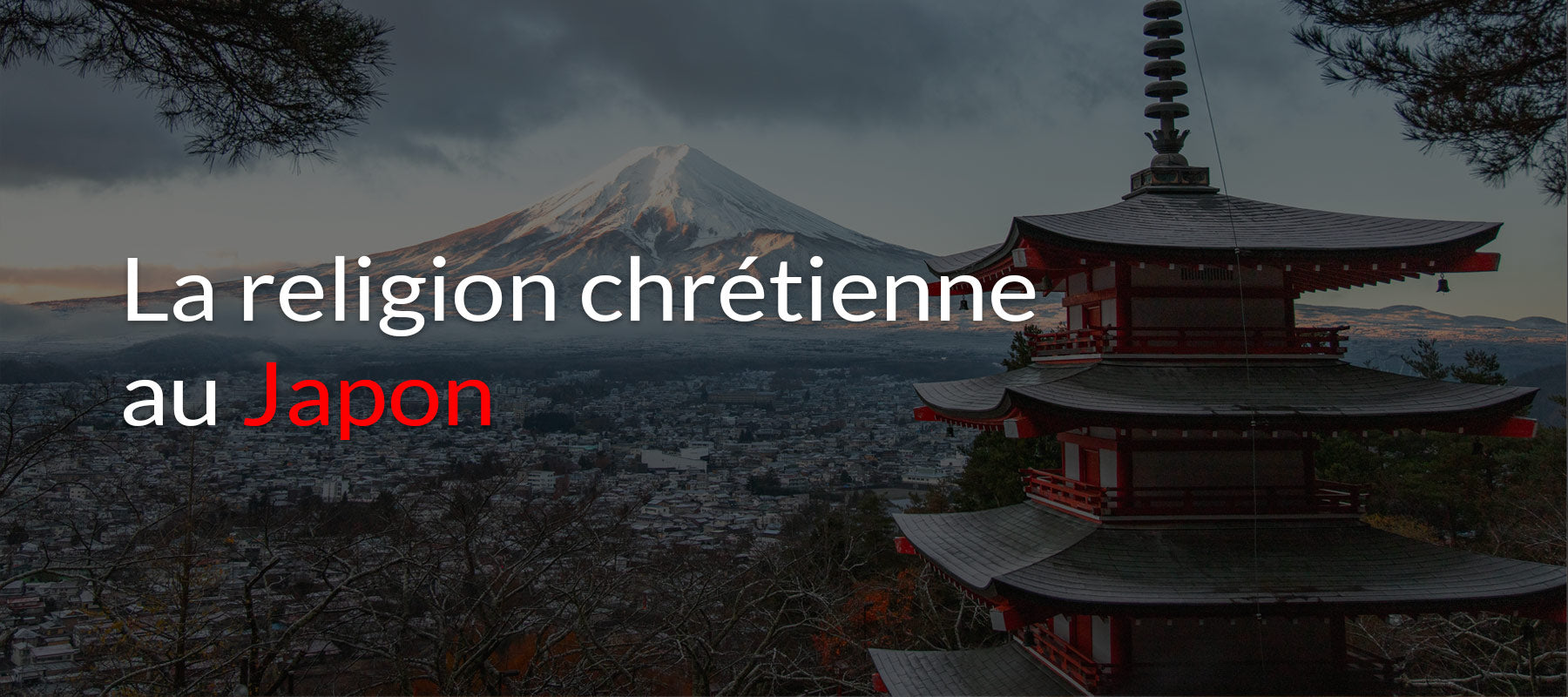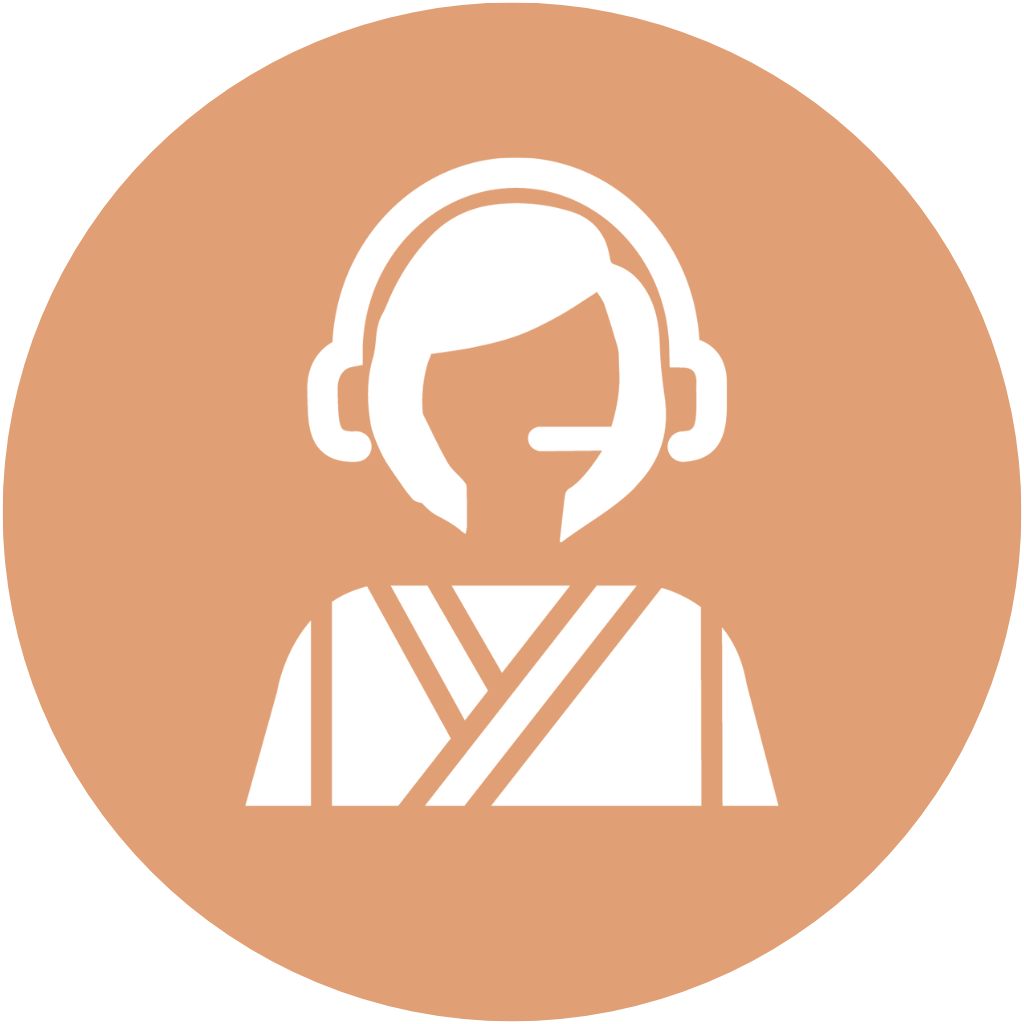
The Christian religion in Japan
Christianity in the Land of the Rising Sun
The first Europeans to Japan came from Portugal and landed in Kyushu, western Japan, in 1542, bringing gunpowder and Christianity with them. Some lords, particularly in Kyushu, and the future ruler of Japan, Oda Nobunaga, welcomed the new visitors for the weapons they brought and tolerated the missionaries who were among them.
The missionaries eventually succeeded in converting a considerable number of people in western Japan, including members of the ruling class. Christianity could be practiced openly, and in 1550, Francis Xavier traveled to Kyoto to request an audience with the emperor.

However, in 1587, during a time of European conquest and colonization, particularly in the Philippines, near Japan, Toyotomi Hideyoshi issued an edict banning missionaries from the country due to the religion's political ambitions, its intolerance toward Shinto and Buddhism, and its connection to the sale of Japanese people as slaves abroad. In 1597, Hideyoshi issued a more serious ban and executed 26 Christians in Nagasaki as a warning.

Eager to bring Japan under total control, the succeeding Tokugawa shogunate further hardened the country's anti-Christian stance, accusing the religion of obstructing authorities, engaging in antisocial behavior, and being intolerant of established religions. After a rebellion on the Shimabara Peninsula involving many Christians in the late 1630s, thousands of rebels were executed, and a total ban on Christianity was strictly enforced. Only small pockets of "hidden Christians" continued to practice their religion in secret.

(Hidden Christian Statuses - Japan Guide )
After the Meiji Restoration, religious freedom was enacted, and the number of Japanese Christians slowly increased again. Today, approximately one to two million Japanese are Christians (about one percent of Japan's population), and churches can be found throughout the country. Many Christians live in western Japan, where missionary activity was most significant during the 16th century.
Among the Christian customs that have become popular among the non-Christian population in modern-day Japan are Christian-style wedding ceremonies, in which brides wear white wedding dresses and the couple exchange vows in wedding chapels.
Many Christian shops are located in various places of worship, such as those at the Hara Castle ruins in Nagasaki or at Notre Dame de Lourdes. You can also find Christian shops online, such as the Christian Cross shop, which is one of the leading religious shops.

Events like Valentine's Day and Christmas have acquired age-old status, and retail marketing for these celebrations contributes to their popularity. Seasonally appropriate gifts and decorations begin to fill shelves weeks in advance, and illumination events are held. Note that, while commonly celebrated by the public, Valentine's Day and Christmas are not national holidays in Japan.










